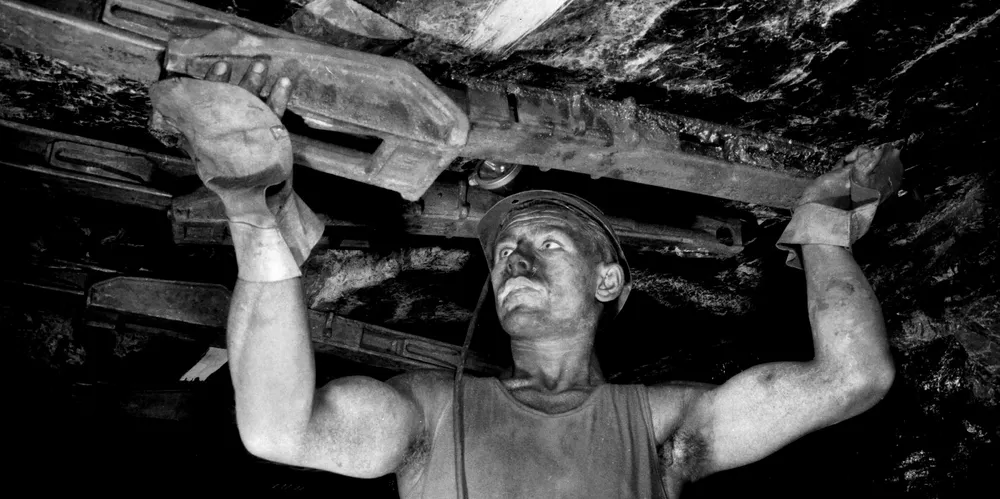‘Zero-subsidy offshore wind to render coal unviable in the Netherlands‘
Analytics firm GlobalData expects coal plants to close before an official ban in the country in 2030

Analytics firm GlobalData expects coal plants to close before an official ban in the country in 2030
